In an era where the frontier between science fiction and technological reality blurs more with each passing day, two giants in the realm of artificial intelligence and robotics are poised to redefine what it means to be human—or, rather, humanoid. OpenAI, a trailblazer in AI research and applications, has unveiled what many are hailing as the "closest robot to a human being, ever," setting the stage for an unprecedented showdown with Tesla's own robotic prodigy, Optimus. This groundbreaking development marks a pivotal moment in the journey towards creating machines that not only mimic human actions but also embody the essence of human-like intelligence and adaptability.
In our comprehensive analysis, we delve into the extraordinary capabilities of OpenAI's latest humanoid, exploring the nuances that enable it to surpass all previous expectations and stand as a monumental achievement in robotics. From the sophisticated AI algorithms that drive its decision-making, to its remarkable physical agility and dexterity, we uncover the secrets behind its human-like prowess.
The article also stages an engaging "Battle of Titans," contrasting the innovative features of OpenAI's humanoid with those of Tesla's Optimus. By comparing their technologies, functionalities, and potential applications, we aim to shed light on the evolving landscape of humanoid robotics and the strategic advancements driving these two behemoths.
Lastly, we venture into the captivating realm of human-like capabilities embodied by OpenAI's latest marvel. This section addresses the profound implications of bridging the gap between human and machine, discussing how this humanoid robot might reshape industries, redefine human-robot interactions, and push the boundaries of AI ethics and philosophy.
Join us on this fascinating journey as we explore the forefront of humanoid robotics, where OpenAI's latest creation challenges the status quo, promising to not only compete with Tesla's Optimus but also to redefine our understanding of what robots can achieve. Welcome to a new era of human-machine harmony, where the line between artificial and authentic continues to fade, ushering in a future brimming with untold possibilities.
- 1. The Dawn of a New Era: OpenAI's Humanoid Surpasses All Expectations
- 2. A Battle of Titans: How OpenAI's Innovation Stands Against Tesla's Optimus
- 3. Bridging the Gap: The Human-Like Capabilities of OpenAI's Latest Humanoid Marvel
1. The Dawn of a New Era: OpenAI's Humanoid Surpasses All Expectations
In an astonishing leap forward that marks the dawn of a new era in robotics and artificial intelligence, OpenAI has unveiled a humanoid robot that has been heralded as the "closest robot to a human being, ever." This groundbreaking innovation not only sets a new standard for what is possible in the realm of robotics but also positions OpenAI as a formidable contender, poised to challenge Tesla’s much-anticipated Optimus robot head-on.
The OpenAI-powered humanoid, which has been in stealth development under the guidance of some of the world’s foremost experts in robotics, machine learning, and artificial intelligence, represents a culmination of years of research and technological advancements. Unlike its predecessors, this robot embodies a level of dexterity, cognitive capabilities, and adaptive learning that closely mirrors human characteristics, setting it apart from anything that has come before.
The humanoid's capabilities extend beyond mere mimicry of human actions; it demonstrates an unprecedented capacity for learning and adapting to complex tasks through a process similar to human reasoning. This is made possible by leveraging OpenAI's cutting-edge algorithms and machine learning techniques, allowing the robot to understand and interact with its environment in a way that is eerily reminiscent of human cognition.
Additionally, the integration of advanced sensory systems enables the robot to process and synthesize information from its surroundings, facilitating real-time decision-making and problem-solving. This sensory awareness is complemented by a degree of emotional intelligence, a feature that enhances human-robot interaction and paves the way for a future where robots can more effectively work alongside humans in a variety of settings.
The implications of OpenAI’s humanoid surpassing all expectations are far-reaching. It not only redefines the boundaries of artificial intelligence and robotics but also challenges the notion of what robots are capable of achieving. As it stands, the OpenAI-powered humanoid is not just a technological marvel; it is a bold statement about the future of human-robot collaboration.
With this significant achievement, OpenAI has firmly positioned itself at the forefront of the robotics revolution, setting the stage for a direct challenge to Tesla's Optimus. As both companies vie to push the limits of what humanoid robots can do, the world watches with bated breath, eager to see how this competition unfolds and what it means for the future of humanity.
As we stand on the precipice of this new era, it's clear that OpenAI's humanoid robot is not merely a step forward in robotics; it's a giant leap towards creating machines that could one day walk, talk, think, and perhaps even feel, in ways that are indistinguishably human.
2. A Battle of Titans: How OpenAI's Innovation Stands Against Tesla's Optimus
In the burgeoning field of robotics, two titans stand poised to shape the future: OpenAI and Tesla. Each has thrown its hat into the ring with creations that push the boundaries of technology and imagination. OpenAI's latest humanoid, powered by cutting-edge artificial intelligence, has been heralded as the "closest robot to a human being, ever." This bold claim sets a high bar in an industry already known for its relentless pursuit of innovation. Yet, it shares the spotlight with Tesla's Optimus, a robot that Elon Musk envisions as a future cornerstone of the workforce and domestic environments.
The comparison between OpenAI's humanoid and Tesla's Optimus goes beyond mere rivalry; it's a showcase of divergent philosophies and technological focal points in the realm of robotics. OpenAI's humanoid emphasizes cognitive capabilities and human-like interaction, leveraging the company's prowess in artificial intelligence. It is designed to understand and anticipate human needs, engage in complex communication, and perform tasks with a degree of empathy and understanding previously thought unattainable in robotics.
On the other hand, Tesla's Optimus is built on the premise of utility and scalability. Musk's vision for Optimus includes a robot that can be mass-produced, affordable, and versatile enough to perform a wide range of tasks, from mundane chores to complex industrial assignments. Tesla's approach indicates a push towards a future where robots are not just companions or novelties but integral components of the global economy.
The "battle" between OpenAI's humanoid and Tesla's Optimus is not just about which robot can mimic human behavior more convincingly or perform tasks more efficiently. It is a deeper contest over which vision of the future will prevail. Will it be OpenAI's focus on human-like interaction and intelligent problem-solving, or Tesla's emphasis on utility, accessibility, and economic integration?
Both OpenAI and Tesla bring unique strengths to this contest. OpenAI's expertise in artificial intelligence and machine learning gives its humanoid a potentially unrivaled capacity for understanding and interacting with the world in a human-like manner. Meanwhile, Tesla's proven track record in engineering, mass production, and scaling could make Optimus the first robot of its kind to become a common sight in both businesses and homes.
As these two technological behemoths continue to develop and refine their creations, the competition between OpenAI's humanoid and Tesla's Optimus highlights the rapid advancements in robotics and artificial intelligence. Whether one emerges as the clear victor or both succeed in their own right, the implications for society, industry, and the very fabric of daily life are profound. The outcome of this "battle of titans" may well define the role of robotics in the 21st century and beyond, signaling a monumental leap forward in the quest to blur the lines between human and machine.
3. Bridging the Gap: The Human-Like Capabilities of OpenAI's Latest Humanoid Marvel
OpenAI's latest humanoid initiative has taken the tech world by storm, pushing the boundaries of artificial intelligence and robotics closer to the realm of human ability than ever before. With an ambitious goal to rival Tesla's Optimus humanoid, OpenAI's creation stands out through its impressive, human-like capabilities. This robot, equipped with advanced AI and machine learning technologies, exhibits a range of skills and cognitive functions that are strikingly similar to human traits, showcasing OpenAI's efforts in bridging the gap between humans and machines.
One of the most notable capabilities of this humanoid is its ability to learn and adapt in real-time. Unlike traditional robots that often require pre-programmed responses, OpenAI's model leverages cutting-edge AI algorithms to understand and react to its environment in a dynamic, flexible manner. This level of adaptability means that the robot can improve its performance and decision-making skills through experiences, much like a human being. It can navigate complex, unstructured environments, make judgments, and solve problems with a degree of autonomy that was previously unimaginable in robotics.
Communication forms the core of human interaction, and OpenAI's humanoid excels in this domain as well. Incorporating natural language processing capabilities, the robot can understand and generate human-like speech, engage in conversations, and respond to verbal commands. This ability to communicate effectively not only enhances its user-friendliness but also allows for more nuanced and empathetic interactions, such as recognizing and adapting to the emotional states of its interlocutors.
Furthermore, the humanoid's motor skills and sensory perception are incredibly refined, approximating the dexterity and sensitivity of human hands and the perceptual acuity of human senses. It can manipulate objects with precision, from delicate tasks such as threading a needle to more complex activities like assembling components. This dexterity is complemented by sophisticated vision systems and sensory feedback mechanisms that enable it to perceive depth, recognize faces and objects, and navigate spatial relationships, mirroring the sensory input and motor functions of the human body.
In integrating these human-like capabilities, OpenAI's humanoid represents a significant leap forward in robotics. By closely mimicking human learning, adaptability, communication, and physical abilities, it not only extends the potential applications of robots in areas ranging from healthcare to disaster response but also raises important questions about the future interaction between humans and robots. As it moves from research labs into the real world, this humanoid marvel stands at the forefront of an era where machines can work alongside humans, enhancing our capabilities and perhaps, in time, becoming our collaborators in shaping the future.
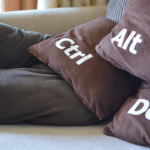








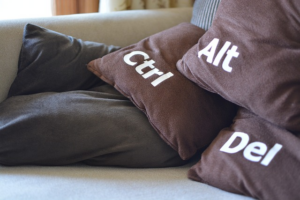



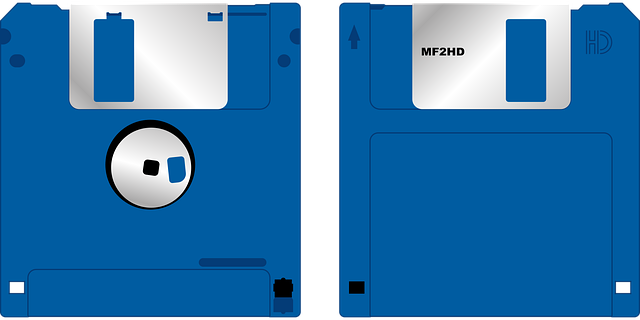
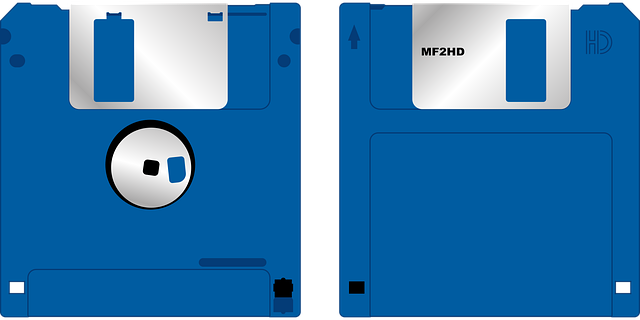
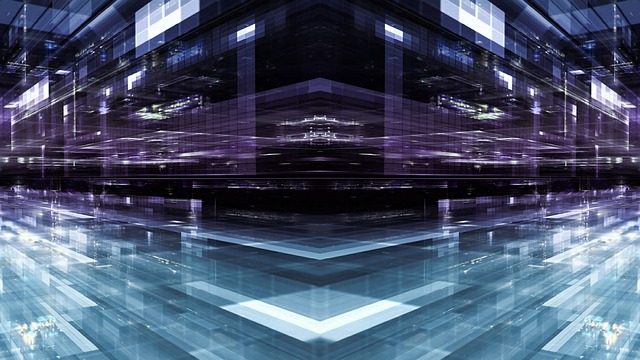




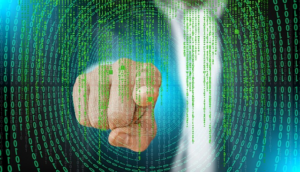






+ There are no comments
Add yours